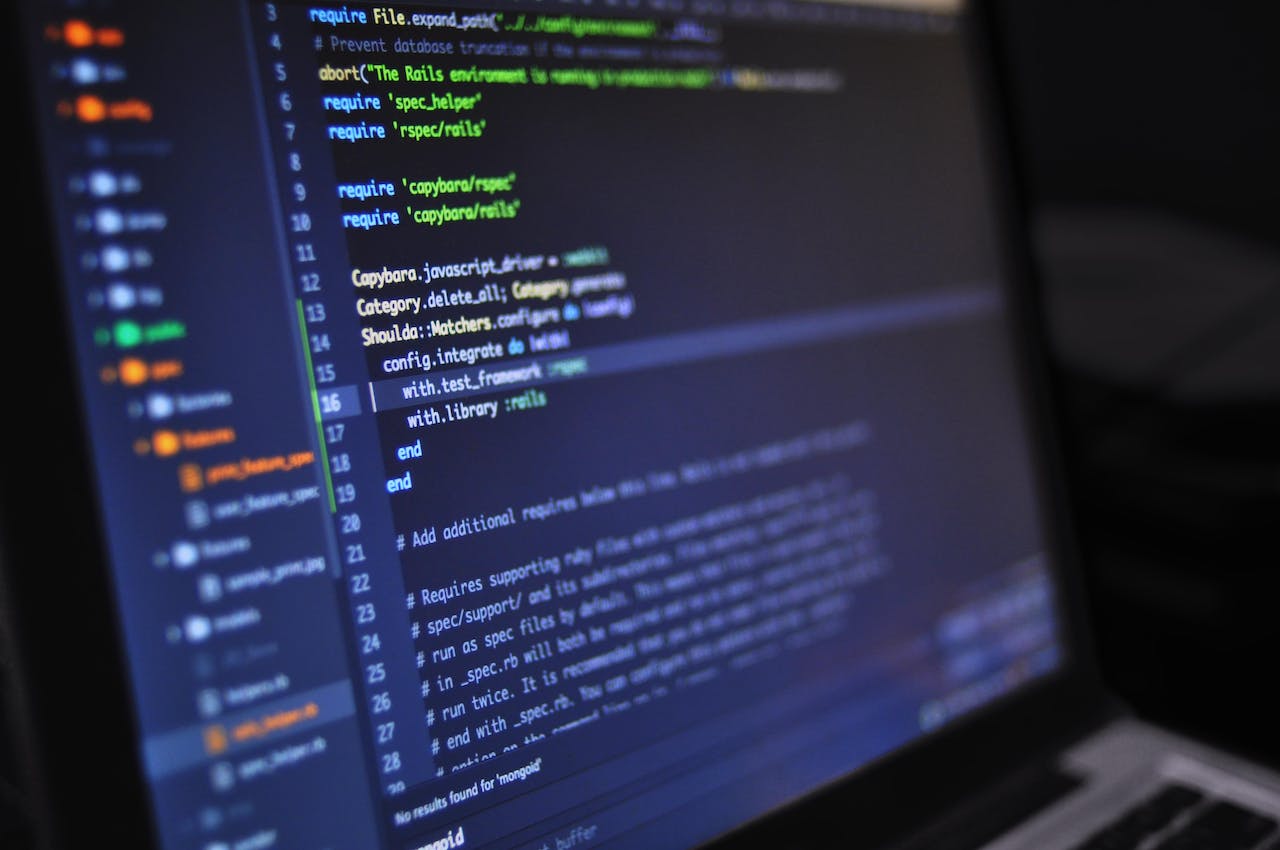Last update at :2024-05-18,Edit by888u
Docker supports the following Debian versions:
- Buster 10
- Stretch 9 (stable) / Raspbian Stretch
Docker Engine-Community is supported on x86_64 (or amd64 ) armhf, and arm64 architectures.
Automatically install using the official installation script
The installation command is as follows:
curl -fsSL https://get.docker.com | bash -s docker --mirror Aliyun
You can also use the one-click installation command of daocloud in mainland China:
curl -sSL https://get.daocloud.io/docker | sh
Manual installation
Uninstall old version
Older versions of Docker are called docker, docker.io or docker-engine, uninstall them if they are installed:
$ sudo apt-get remove docker docker-engine docker.io containerd runc
Install Docker Engine-Community
Installation using Docker repository
Before installing Docker Engine-Community for the first time on a new host, you need to set up a Docker repository. Afterwards, you can install and update Docker from the repository.
Raspbian users cannot use this method!
For Raspbian, installation using repositories is not yet supported. You must use shell scripting instead.
Set up warehouse
Update apt package index.
$ sudo apt-get update
Install the apt dependency package to obtain the repository via HTTPS.
$ sudo apt-get install /
apt-transport-https /
ca-certificates /
curl /
gnupg2 /
software-properties-common
Add Docker’s official GPG key:
$ curl -fsSL https://mirrors.ustc.edu.cn/docker-ce/linux/debian/gpg | sudo apt-key add -
9DC8 5822 9FC7 DD38 854A E2D8 8D81 803C 0EBF CD88 Verify that you now have the key with the fingerprint by searching for the last 8 characters of the fingerprint.
$ sudo apt-key fingerprint 0EBFCD88
pub 4096R/0EBFCD88 2017-02-22 Use the following commands to set up the stable version repository:
$ sudo add-apt-repository / Update apt package index:
Install the latest versions of Docker Engine-Community and containerd, or go to the next step to install a specific version:
To install a specific version of Docker Engine-Community, list the available versions in the repository and select one to install. List the versions available in your repository:
$ apt-cache madison docker-ce
docker-ce | 5:18.09.1~3-0~debian-stretch | https://mirrors.ustc.edu.cn/docker-ce/linux/debian stretch/stable amd64 Packages Install a specific version using the version string in the second column, for example 5:18.09.1~3-0~debian-stretch .
To test whether Docker is installed successfully, enter the following command and print out the following information, indicating that the installation is successful:
$ sudo docker run hello-world
Unable to find image ‘hello-world:latest’ locally Hello from Docker! To generate this message, Docker took the following steps: To try something more ambitious, you can run an Ubuntu container with: Share images, automate workflows, and more with a free Docker ID: For more examples and ideas, visit: Remove the installation package:
Delete images, containers, configuration files, etc.:
Recommended site searches: Taiwan server, Ministry of Industry and Information Technology registration query, virtual host evaluation, shopex virtual host, Hong Kong high-defense server rental, legendary server rental, mobile IP proxy, Hong Kong server, free all-purpose space application, domain name,
Key fingerprint = 9DC8 5822 9FC7 DD38 854A E2D8 8D81 803C 0EBF CD88
uid Docker Release (CE deb)
sub 4096R/F273FCD8 2017-02-22
"deb [arch=amd64] https://mirrors.ustc.edu.cn/docker-ce/linux/debian /
$(lsb_release -cs) /
"stable"
Install Docker Engine-Community
$ sudo apt-get update
$ sudo apt-get install docker-ce docker-ce-cli containerd.io
docker-ce | 5:18.09.0~3-0~debian-stretch | https://mirrors.ustc.edu.cn/docker-ce/linux/debian stretch/stable amd64 Packages
docker-ce | 18.06.1~ce~3-0~debian | https://mirrors.ustc.edu.cn/docker-ce/linux/debian stretch/stable amd64 Packages
docker-ce | 18.06.0~ce~3-0~debian | https://mirrors.ustc.edu.cn/docker-ce/linux/debian stretch/stable amd64 Packages
…
$ sudo apt-get install docker-ce=
latest: Pulling from library/hello-world
1b930d010525: Pull complete Digest: sha256:c3b4ada4687bbaa170745b3e4dd8ac3f194ca95b2d0518b417fb47e5879d9b5f
Status: Downloaded newer image for hello-world:latest
This message shows that your installation appears to be working correctly.
1. The Docker client contacted the Docker daemon.
2. The Docker daemon pulled the “hello-world” image from the Docker Hub.
(amd64)
3. The Docker daemon created a new container from that image which runs the
executable that produces the output you are currently reading.
4. The Docker daemon streamed that output to the Docker client, which sent it
to your terminal.
$ docker run -it ubuntu bash
https://hub.docker.com/
https://docs.docker.com/get-started/
Uninstall docker
sudo apt-get purge docker-ce
sudo rm -rf /var/lib/docker








发表评论